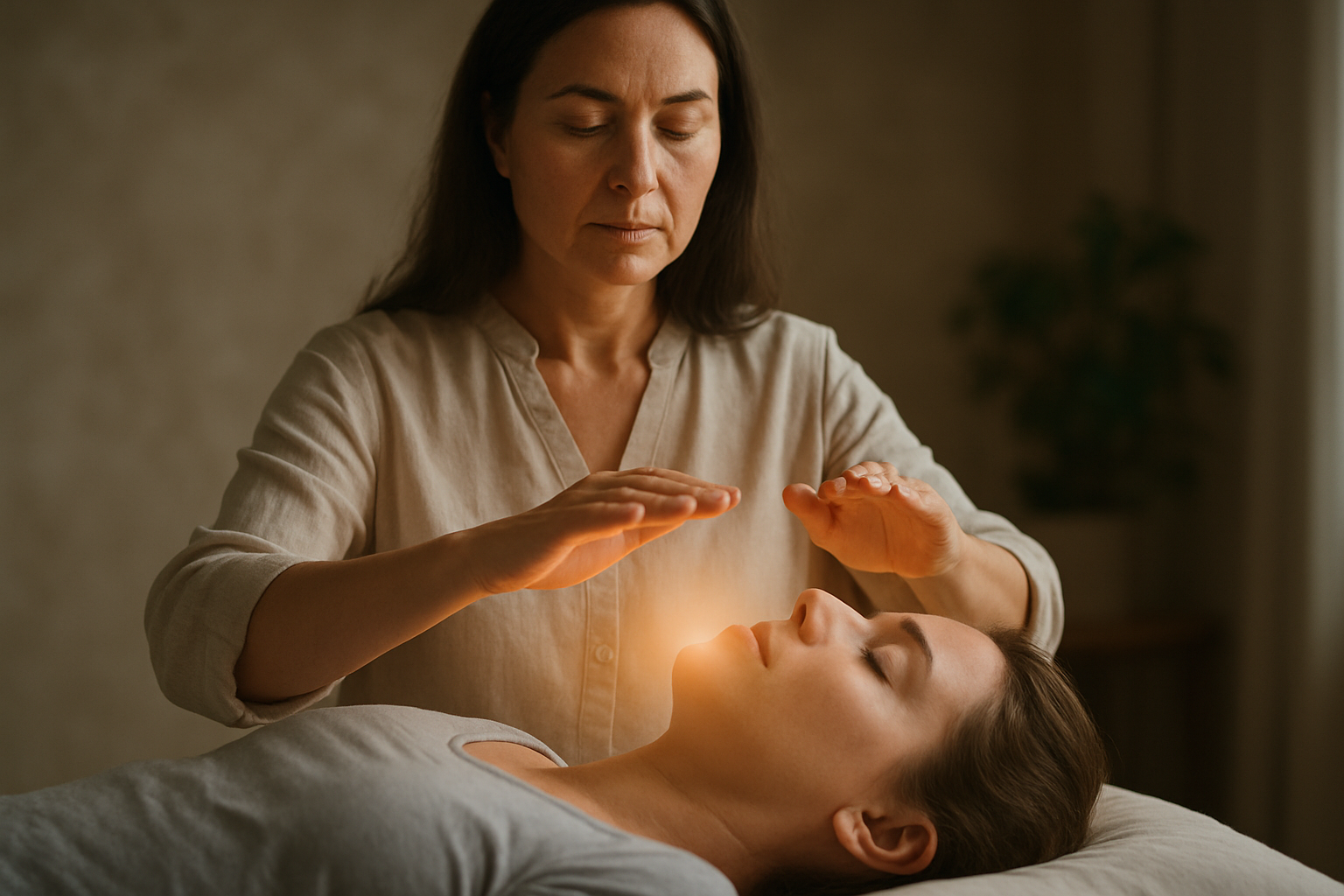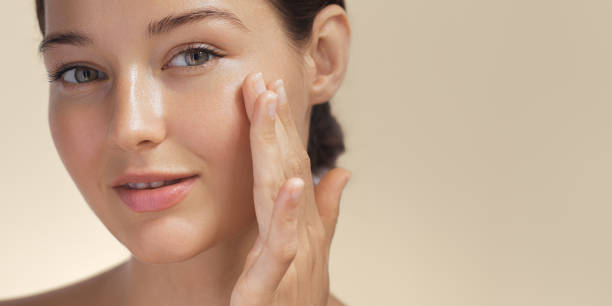Chromatopathy: The Healing Power of Color Spectrum Therapy
Imagine a world where the colors surrounding you could significantly impact your health and well-being. What if the hues in your environment could alleviate pain, boost your mood, or even accelerate healing? Welcome to the fascinating realm of chromatopathy, a cutting-edge approach to wellness that harnesses the therapeutic potential of the color spectrum.

The Science Behind Color Therapy
The foundation of chromatopathy lies in the understanding that different colors correspond to specific wavelengths of light. When these wavelengths interact with our bodies, they can trigger various biological responses. Research has shown that exposure to different colors can influence hormone production, affect brain wave patterns, and even alter cellular activity.
For instance, studies have demonstrated that blue light can help regulate circadian rhythms and improve sleep quality, while red light has been found to stimulate collagen production and promote wound healing. Green light, on the other hand, has shown promise in reducing chronic pain and migraines.
Historical Roots and Modern Applications
The use of color for healing purposes dates back to ancient civilizations, including the Egyptians and Greeks. However, it wasn’t until the late 19th century that modern chromatopathy began to take shape, thanks to pioneers like Edwin Babbitt and Dinshah Ghadiali.
Today, chromatopathy is finding its place in various healthcare settings. Some hospitals are experimenting with colored lighting in patient rooms to promote relaxation and accelerate recovery. Additionally, color therapy is being integrated into alternative medicine practices, often combined with other holistic approaches like meditation and aromatherapy.
Chromatopathy in Practice
Practitioners of chromatopathy use a variety of methods to administer color therapy. These may include:
-
Color-filtered light therapy lamps
-
Colored glasses or lenses
-
Visualization techniques
-
Colored fabrics and clothing
-
Painted environments or color-based interior design
Each color is believed to have specific therapeutic properties. For example:
-
Red: Associated with energy, vitality, and circulation
-
Blue: Linked to calmness, relaxation, and improved sleep
-
Yellow: Connected to mental clarity, digestion, and mood elevation
-
Green: Tied to balance, harmony, and pain relief
-
Purple: Related to spiritual awareness and mental acuity
The Promise and Challenges of Color Therapy
While chromatopathy shows promise, it’s important to note that research in this field is still in its early stages. Some studies have yielded encouraging results, particularly in areas like pain management and mood disorders. However, more rigorous scientific investigation is needed to fully understand the mechanisms and efficacy of color therapy.
Critics argue that the benefits of chromatopathy may be largely due to the placebo effect. However, proponents counter that even if this is partially true, the positive outcomes still make it a valuable complementary therapy.
Integrating Chromatopathy into Daily Life
For those intrigued by the potential of color therapy, there are several ways to incorporate its principles into everyday life:
-
Mindful color selection in home and office decor
-
Using colored light bulbs or light therapy devices
-
Wearing clothing in colors that align with desired emotional or physical states
-
Practicing color visualization meditation techniques
The Future of Color in Healthcare
As research in chromatopathy advances, we may see more widespread integration of color-based therapies in conventional healthcare settings. The non-invasive nature and potential cost-effectiveness of color therapy make it an attractive option for both preventive care and symptom management.
Future developments may include more sophisticated color therapy devices, personalized color prescriptions based on individual health needs, and the integration of color therapy into wearable health technology.
Illuminating Health: Practical Tips for Harnessing the Power of Color
-
Boost your morning energy by exposing yourself to blue light for 15-20 minutes after waking
-
Create a calming bedtime routine by using warm, amber-colored lighting in the evening
-
Incorporate more green into your workspace to reduce eye strain and promote focus
-
Use red-tinted glasses during outdoor exercise to potentially enhance performance
-
Practice “color breathing” meditation by visualizing inhaling and exhaling different colored light
-
Consider painting your kitchen yellow to stimulate appetite and digestion
-
Opt for blue or green towels and accessories in your bathroom for a more relaxing atmosphere
As we continue to unlock the mysteries of how our environment affects our health, chromatopathy stands out as a fascinating frontier in holistic wellness. While it’s not a replacement for conventional medical care, the thoughtful application of color in our lives may offer a simple yet powerful tool for enhancing our physical and emotional well-being. As research progresses, we may find that the key to some of our health challenges lies not in a pill, but in the spectrum of light that surrounds us every day.





